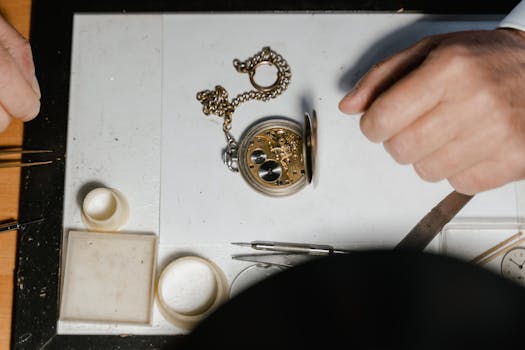Takeaways
- Understanding watch movements is key to appreciating horology.
- Mechanical, quartz, and automatic movements each have distinct characteristics.
- The choice of movement affects a watch’s maintenance, accuracy, and overall appeal.
Introduction to Watch Movements
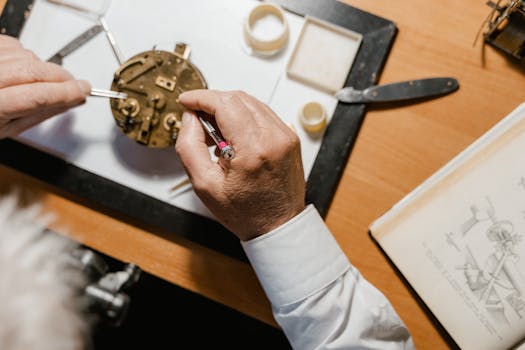
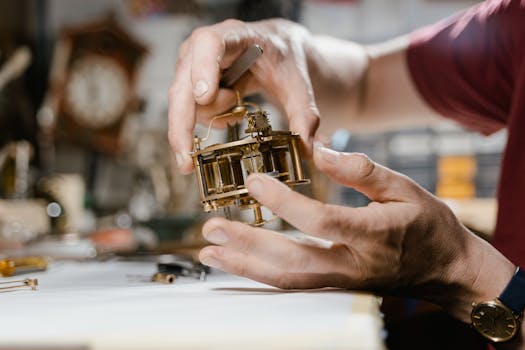
Mechanical Movements

How Mechanical Movements Work
At the core of a mechanical watch is the mainspring, a tightly coiled spring that stores energy. When the mainspring is wound, either manually or through the movement of the wearer’s wrist, it releases energy in a controlled manner. This energy is transmitted through gears and escapements, ultimately moving the watch hands.
Types of Mechanical Movements
- Manual Movement: Requires the wearer to wind the watch regularly. Enthusiasts appreciate the connection this creates with the watch.
- Automatic Movement: Also known as self-winding, this movement harnesses the energy from the wearer’s wrist motion, winding the mainspring automatically.
Advantages and Disadvantages
Mechanical watches are often favored for their craftsmanship and the artistry involved in their design. They can last for generations with proper care. However, they typically require more maintenance than other types of movements and are less accurate, as they can be affected by temperature, gravity, and other environmental factors.
Quartz Movements
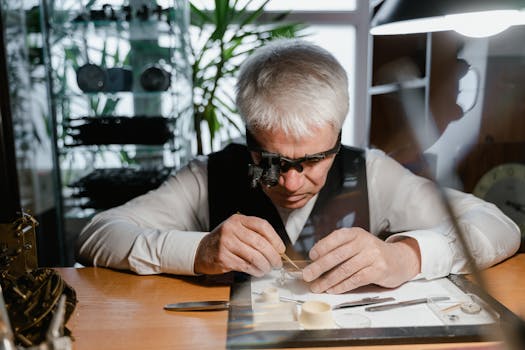
How Quartz Movements Work
A quartz watch contains a small battery that sends an electrical current through a quartz crystal. This causes the crystal to vibrate at a precise frequency of 32,768 times per second. The watch’s circuit counts these vibrations and uses them to drive a motor that moves the hands of the watch.
Advantages and Disadvantages
Quartz movements are known for their accuracy, requiring less maintenance than mechanical counterparts. They can be produced at a lower cost, making them widely available. However, some purists prefer mechanical watches for their craftsmanship and the romantic notion of traditional watchmaking. Additionally, quartz watches lack the intricate artistry often found in mechanical models.
Automatic Movements
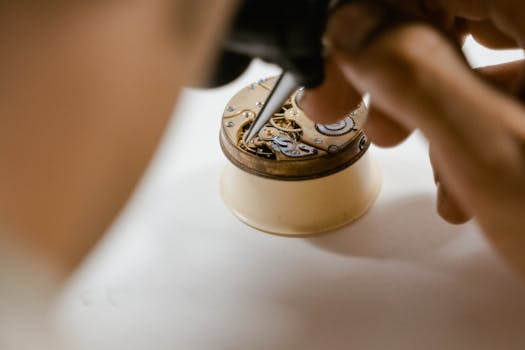
How Automatic Movements Work
Similar to manual movements, automatic watches are powered by a mainspring. However, they feature a rotor, a semi-circular piece of metal that moves with the wearer’s wrist. As the rotor spins, it winds the mainspring, providing energy to the watch without the need for manual winding.
Advantages and Disadvantages
Automatic movements offer the best of both worlds: they are powered by mechanical means but do not require constant winding. They are often seen as more luxurious and are favored by many watch enthusiasts. However, if an automatic watch is not worn regularly, it may require winding to maintain its accuracy, which can be seen as a drawback for some users.
Conclusion
